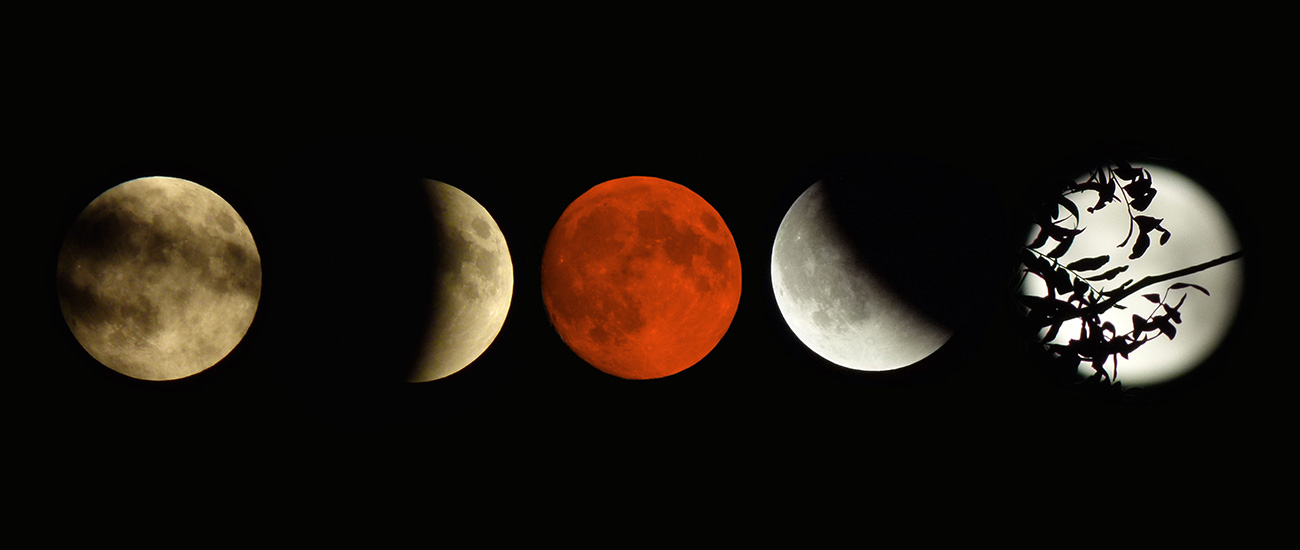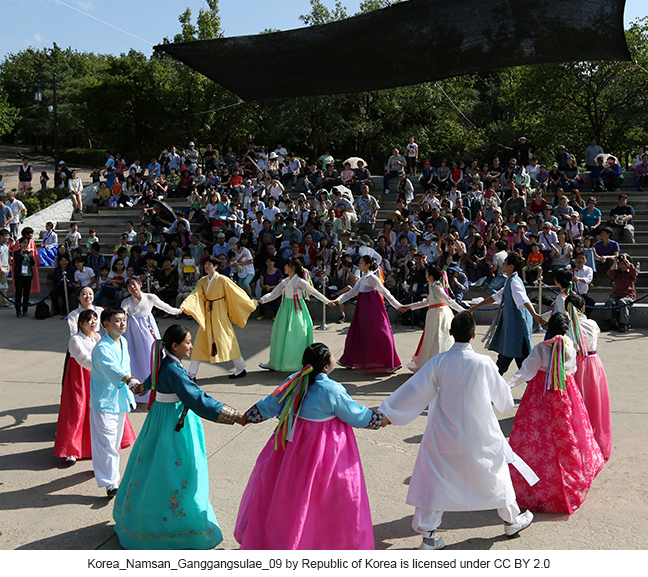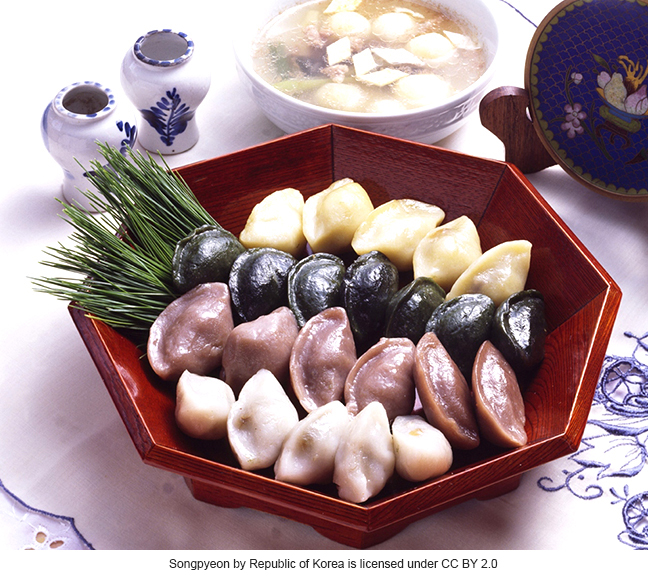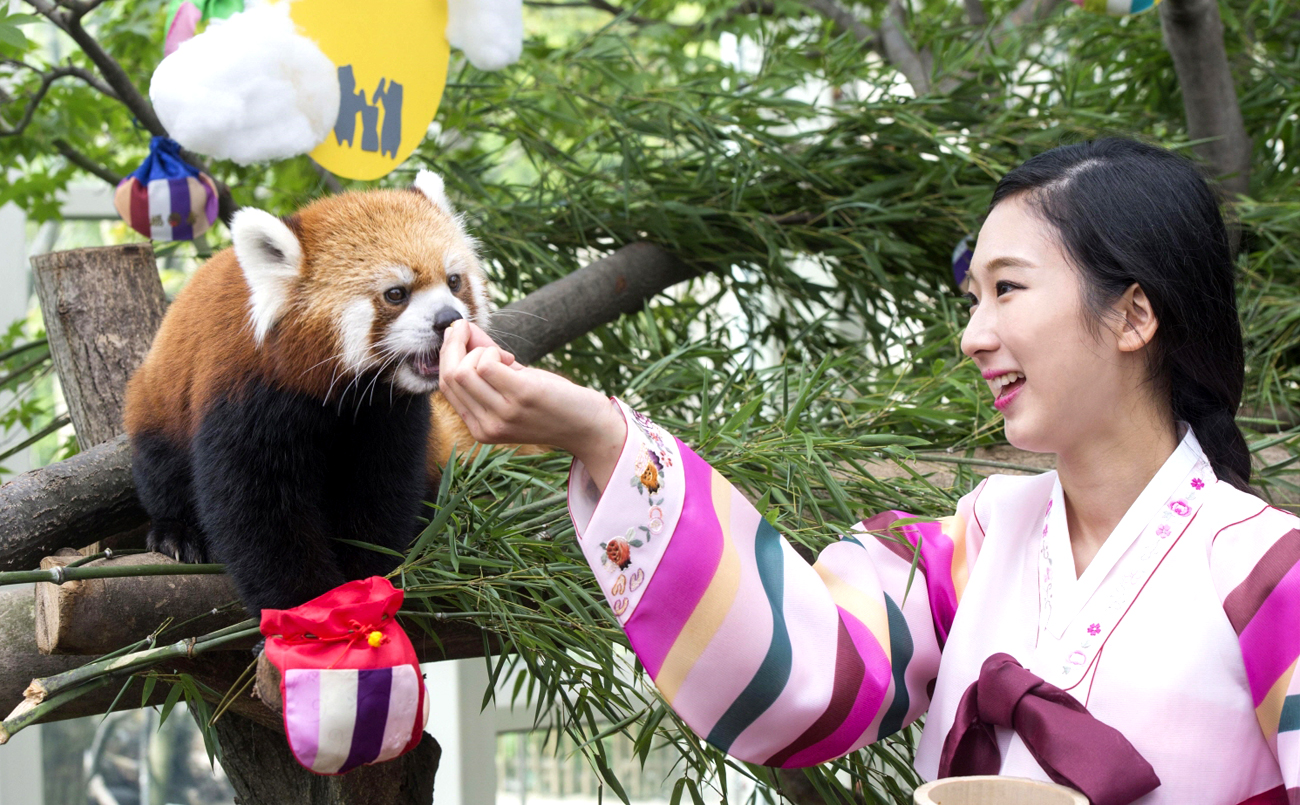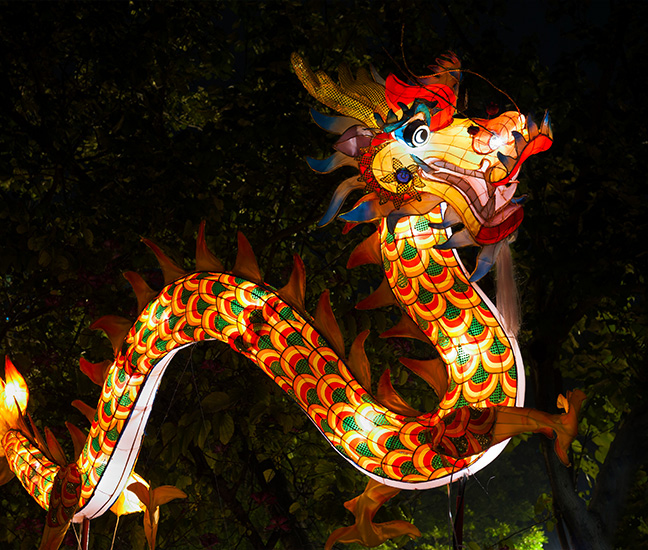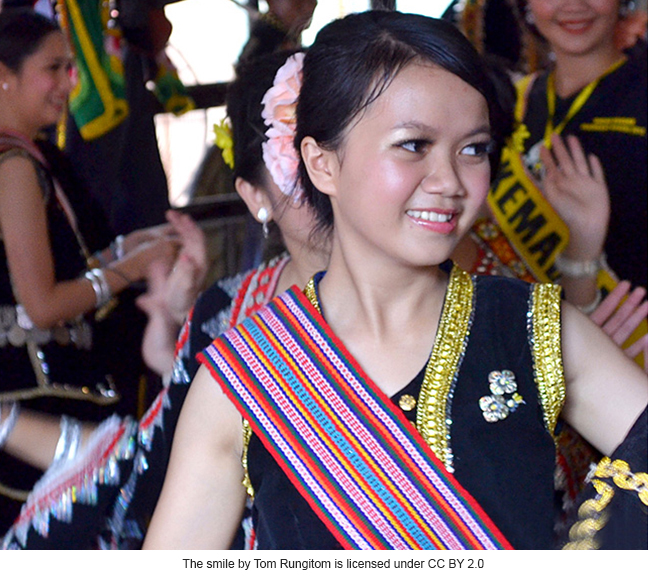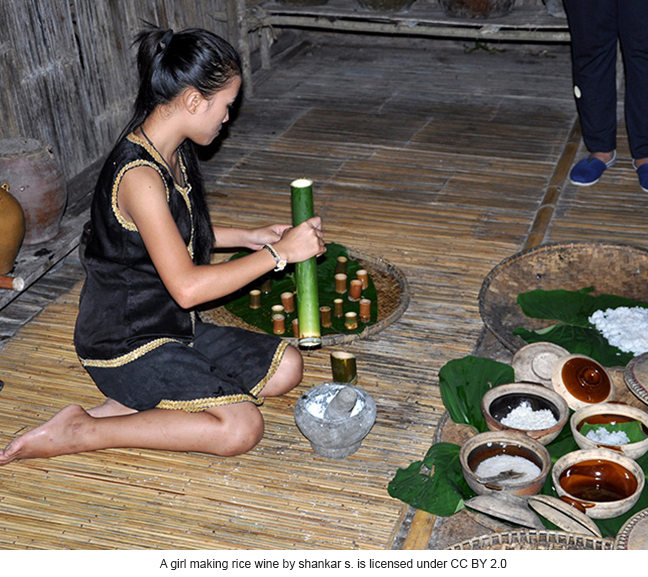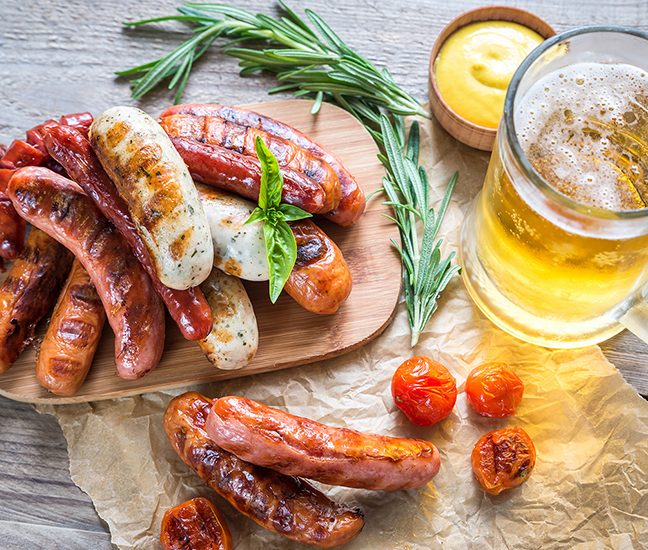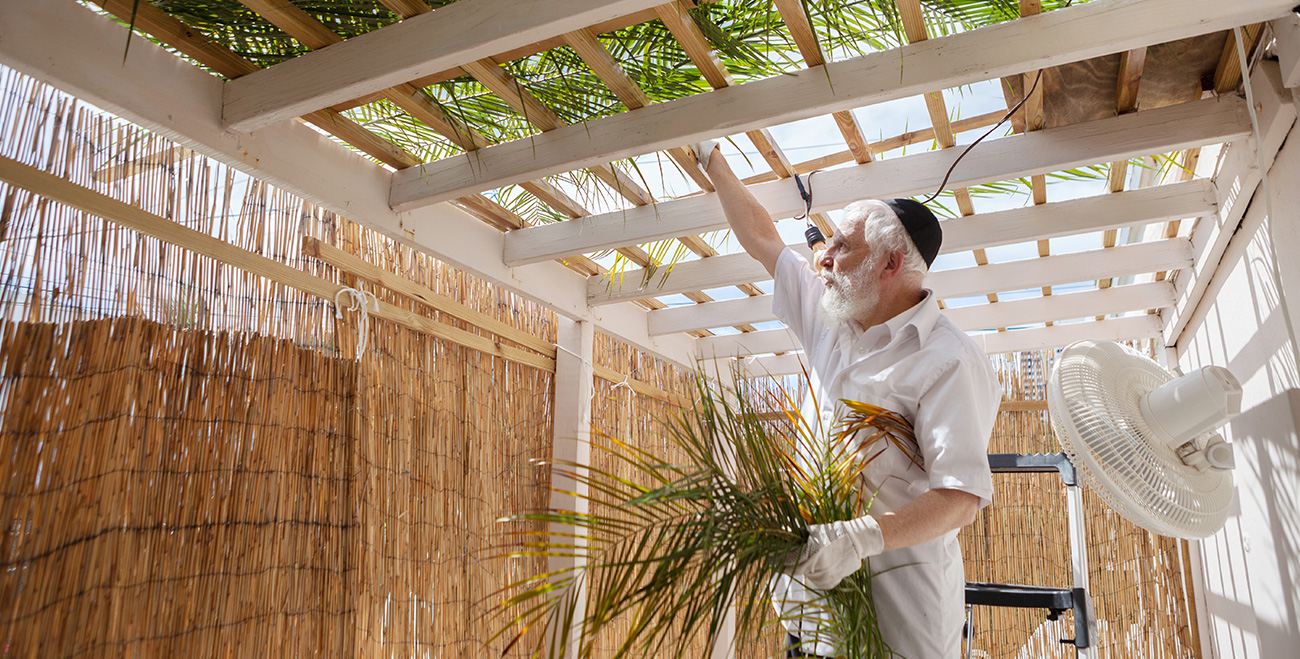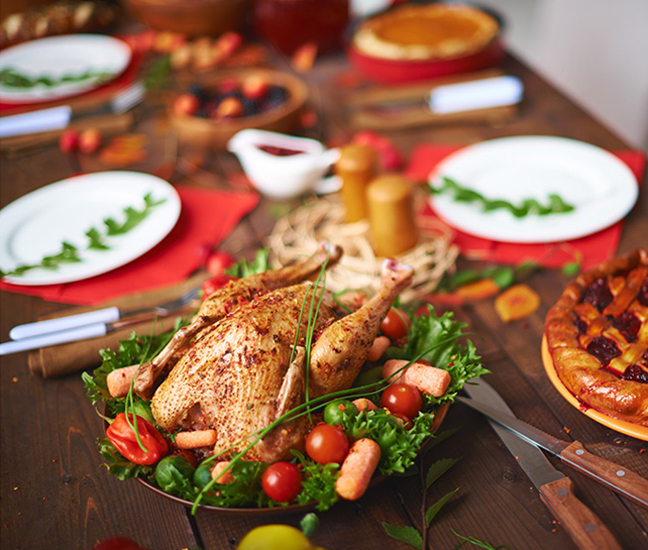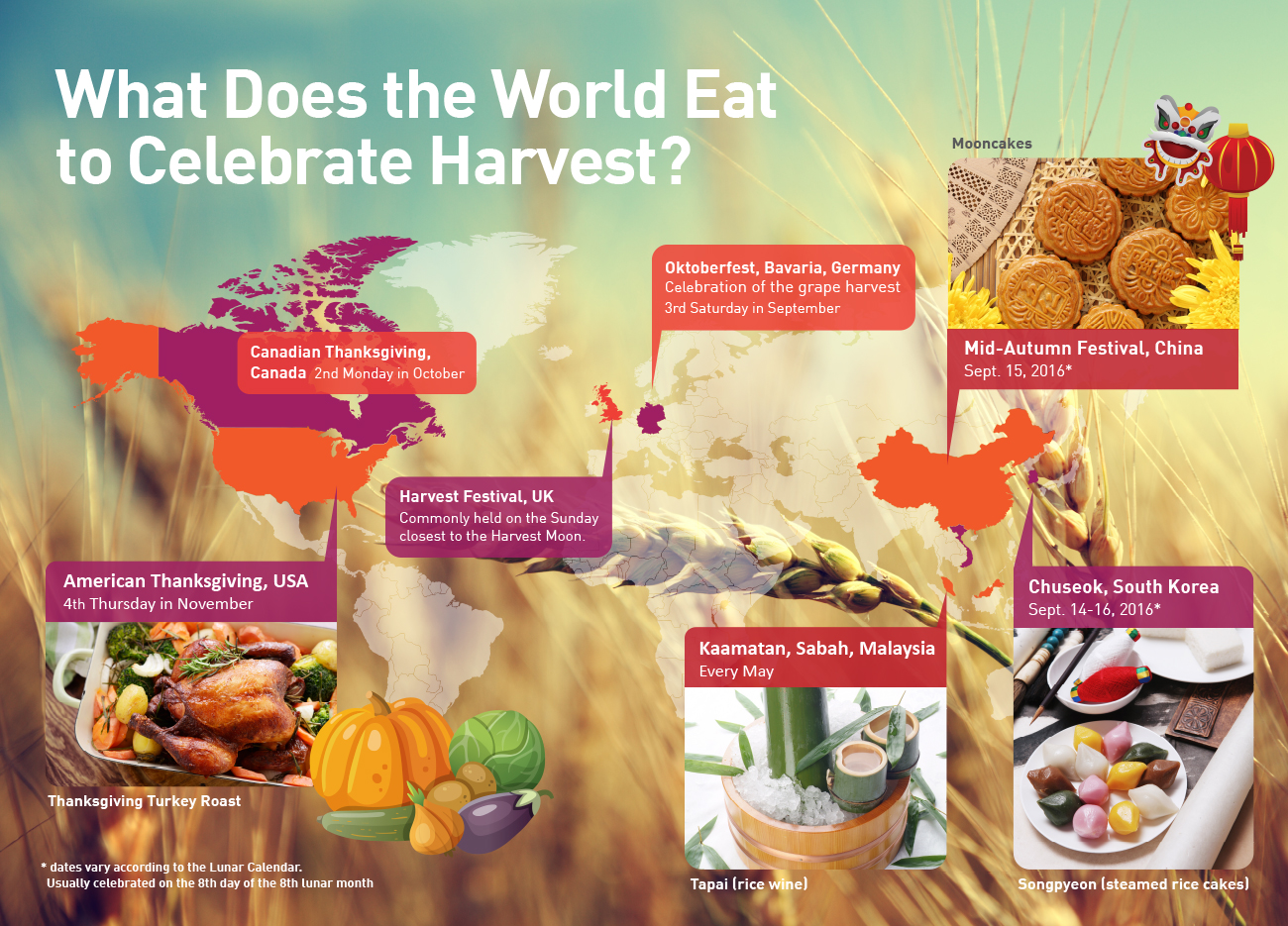Harvesting is one of the oldest activities known to mankind. In fact, many anthropologists claim it is what makes us truly human – our transition from nomadic hunter-gatherers to settled agricultural communities arguably brought about the phenomenon of civilization. Little wonder, then, that almost every culture in the world has developed its own unique way of celebrating the harvest.
Korea’s Harvest
In Asia, where the Lunar Calendar is still a very important part of everyday life, harvest and Harvest Moon celebrations are widespread.
In Korea, this is known as Chuseok (meaning “great mid-autumn”), a three-day public holiday. In Korea’s agricultural past, entire villages would gather together to celebrate the reaping of the harvest.
This would begin with ancestral rites ceremonies, whereby Koreans thanked the spirits of the dead for helping deliver the bounties of harvest. The great lunar festival was also marked with the performance of Ganggangsullae, a song-and-dance ritual performed exclusively by women, and which dates back to at least 3,000 BC. Ganggangsullae implores the moon to deliver a bountiful harvest, and the performance was added to UNESCO’s Intangible Cultural Heritage of Humanity list in 2009.
Villagers would then follow this by making songpyeon, a steamed sticky rice cake treat intended to resemble the full moon before it has been filled, and the half-moon when it is ready to be eaten.
In modern Korea, the holiday is still one of the country’s biggest, and has become an opportunity for families to gather, enjoy festive food and spend quality time together.
Han Goo Chung, a Senior Manager in Samsung C&T Corporation’s Investor Relations department, is a Seoul-based employee who spent some seven years living in the United States. Chung says he sees a big difference between Chuseok and American harvest celebrations.
“Chuseok is the single biggest holiday for Koreans,” he says. “And as Korea was once such a deeply agricultural society, people here tend to emphasize the harvest’s importance more than North Americans tend to. There are also so many rituals and games to take part in during Chuseok, which makes it a real festivity.”
The holiday is such a big deal in Korea that even the animals at Everland’s Panda World celebrate, with fruit, nuts and festive food galore!
Asia-wide Festivities
In China, the celebration is known as the Mid-Autumn festival, and is also a public holiday. Like Korea, China also has sugary treats enjoyed at harvest time – mooncakes. These full moon-shaped delicacies are usually filled with lotus seed paste, red beans or jujubes.
Mingde Gui is a Senior Associate in Samsung C&T’s Shanghai office. Gui explains, “We get together to eat food with friends and relatives and appreciate the bright full moon at night. In some parts of the country lantern festivals are popular, as are dragon and lion dances.”
In addition to the traditional value of the festival, the holiday also has considerable value to modern Chinese people. “There are always great shows on TV during the festivities, which many people are very fond of,” says Gui. “At the office, we receive holiday gift vouchers. These can be exchanged for mooncakes, which we often eat with our colleagues.”
Malaysian Celebrations
For countries closer to the Equator, harvest often comes a little earlier in the year.
This is certainly the case in eastern Malaysia, as Muhammad Fakhri Bin Zainuddin, an engineer at Samsung C&T’s Malaysia RGT-2 Terminal explains.
Fakhri notes that for the Kadazan people of the state of Sabah, the month of May marks the rice harvest. “The Kadazan reap their rice crop by hand,” he says.
“They harvest it with a special knife whose carved handle is said to appease the Semangat or ‘rice spirit.’ Many Malaysians believe that ‘without rice, there is no life.”
During the festival, Kadazan people wear traditional costumes and enjoy a carnival atmosphere than lasts from daybreak till dawn. Festive meals are washed down with Tapai, a home-made rice wine.
“It’s a time for agricultural shows, exhibitions, cultural programs, buffalo races and other traditional games in Sabah,” says Fakhri. “There’s a lot of merrymaking and feasting – with plenty of Tapai to be enjoyed throughout the festivities!”
European Holidays
The harvest festival was also marked with great jubilation across Europe when the continent’s economy was mainly agricultural, and is still one of the most important celebrations of the year in many Western countries.
Most notable of all is the German state of Bavaria’s famous Oktoberfest, a massive draw for both tourists and Bavarians. Famous for attracting thousands of beer and sausage fans from across the globe, it began as a celebration of the grape harvest, providing the opportunity for farmers to let off some steam after gathering all the fruit from their vineyards.
For Jews in Israel and elsewhere, the festival of Sukkot (or the “Festival of Gathering”) sees people build booths made of branches and leaves, hanging various fruit, cereals and vegetables in the corner of these structures.
North American Feasts
People in the United States hold their celebrations at the very end of autumn. Thanksgiving brings American families together in late November, recalling the Pilgrim Fathers’ first harvest in Massachusetts in 1621.
Samsung C&T’s Chung explains that during his time in America, he noticed that Thanksgiving gave relatives who live hundreds of kilometers away from each other the chance to get together.
“For Americans, Thanksgiving means a time to go back home,” says Chung. “Americans tend to live further apart than Koreans, as the USA is a much bigger country. That can often make it harder for relatives to get together as a family.”
Canadians, meanwhile, also celebrate their own Thanksgiving. Juliette Yip, of Samsung Renewable Energy’s legal team in Canada, explains the historical significance of the celebration. Yip says, “It’s a celebration of the abundance of the harvest season. The first European settlers who arrived in Canada found the conditions very harsh. Considering the climactic difficulties they experienced, it became quite a big deal when they managed to reap a good harvest.”
The focal point of Canadian Thanksgiving is a festive family meal. Manik Raina, also of the Samsung Renewable Energy legal team, Canada, explains, “Most Canadians celebrate with a big Thanksgiving dinner, which most typically includes turkey, stuffing, gravy and mashed potatoes. As Canada is so multicultural, people with different backgrounds often make other dishes that reflect their own cultural traditions. Regardless, it is a big whole-family event where the important thing is spending time in each other’s company.”
Festive Spirit
Although not every culture celebrates their harvest festival at exactly the same time, autumnal weather will forever be associated with reaping in the fruits of agricultural labor – and thus welcomed with great cheer.
Even in the digital age, mankind’s great agricultural festivals have lost none of their powerful meaning, providing a time for thanks, laughter and spending quality moments with family.


